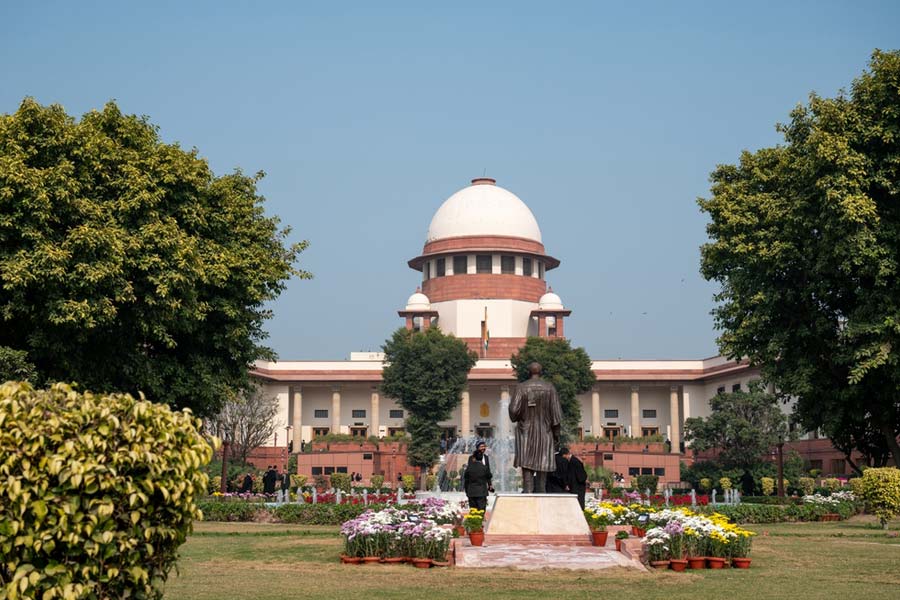Punjab, which the Congress hopes to retain in elections early next year, has been dogged by internecine strife that has exposed the lack of a crisis management system in a party that has not been able to resolve its leadership issue since Rahul Gandhi relinquished office two years ago.
While the discord in Punjab has erupted now because of the impending Assembly elections, most state Congress units have been in ferment, desperately waiting for corrective measures instead of preparing for political battles.
While nobody — neither the entrenched veterans nor the middle-rung leaders — is ready to accept the young Anil Chaudhary’s leadership in Delhi, most senior leaders are awaiting the removal of Ajay Kumar Lallu as state president in election-bound Uttar Pradesh.
Many other state Congress units are grappling with similar internal feuds: while veterans aren’t happy with state chief Amit Chavda in Gujarat, the young Hardik Patel, appointed working president last year, is feeling restive because there apparently is no freedom to work.
Deep distrust between state president Kumari Selja and former chief minister Bhupinder Singh Hooda is an open secret in Haryana.
The Bihar unit is almost defunct under Madan Mohan Jha, while newly appointed Maharashtra chief Nana Patole has left the entire Congress leadership in the state unhappy.
Kerala, where the Congress recently lost the Assembly elections primarily because of a protracted internal feud, witnessed another burst of discontent when senior leader Ramesh Chennithala wrote to party president Sonia Gandhi over how humiliated he had felt by the manner in which V.D. Satheesan was appointed leader of the Opposition.
In Karnataka, despite the dynamic D.K. Shivakumar taking over the party’s reins, the unhappiness of former chief minister Siddaramaiah is known to all.
While factionalism and dissent aren’t new in the Congress, what has accentuated the sense of frustration is the absence of a crisis-management mechanism. State leaders don’t know who to talk to in the high command structure after the demise of Ahmed Patel and there is no way to convey their feelings to Sonia directly.
Rahul doesn’t get directly involved in organisational matters on the ground that he is no longer the party president. The general secretary in charge of organisation, K.C. Venugopal, is not perceived by cadres as someone interested in organisational issues.
When Punjab was threatening to slip out of hand, with chief minister Amarinder Singh and dissenter Navjot Singh Sidhu sniping at each other publicly, Sonia constituted a committee of senior leaders to resolve the crisis.
While the intervention should have been made six months ago, which would have prevented the ugly spectacle of intra-party warfare before elections, what is more disturbing is that many leaders believe the situation reached such a pass because Rahul and Priyanka Gandhi Vadra lent their weight behind Sidhu, seen as a trouble-maker.











